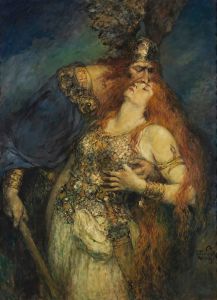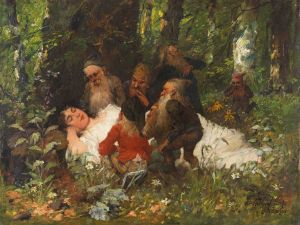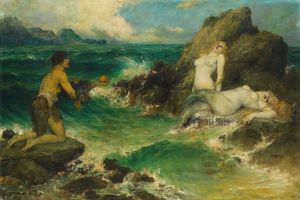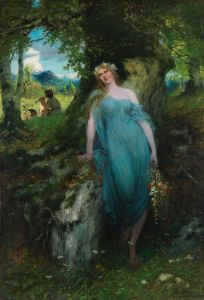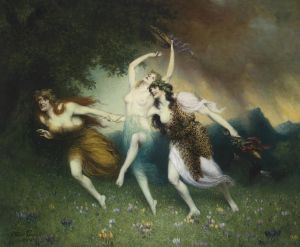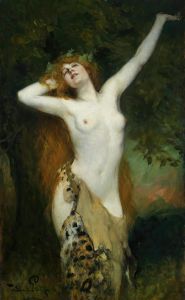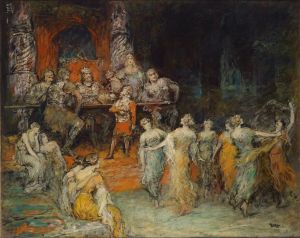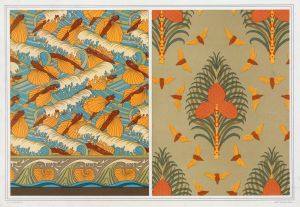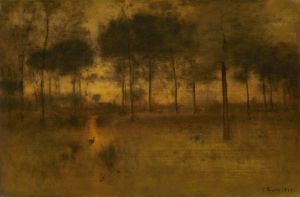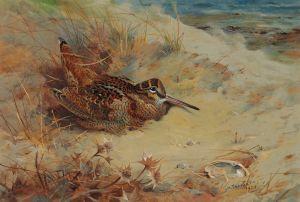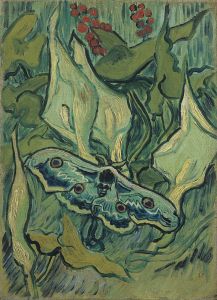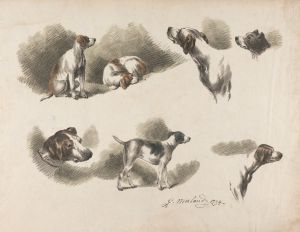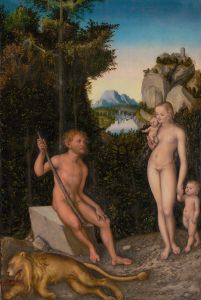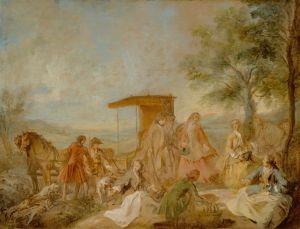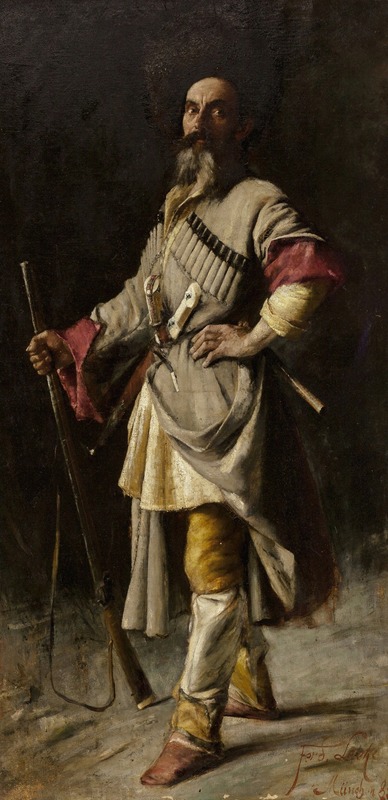
The hunter
A hand-painted replica of Ferdinand Leeke’s masterpiece The hunter, meticulously crafted by professional artists to capture the true essence of the original. Each piece is created with museum-quality canvas and rare mineral pigments, carefully painted by experienced artists with delicate brushstrokes and rich, layered colors to perfectly recreate the texture of the original artwork. Unlike machine-printed reproductions, this hand-painted version brings the painting to life, infused with the artist’s emotions and skill in every stroke. Whether for personal collection or home decoration, it instantly elevates the artistic atmosphere of any space.
Ferdinand Leeke was a German painter born on April 7, 1859, in Burg bei Magdeburg, Germany. He is known for his works that often depict scenes from literature, mythology, and everyday life. Leeke studied at the Academy of Fine Arts in Munich, where he was influenced by the academic style of painting that was prevalent during his time. He became particularly noted for his illustrations of Richard Wagner's operas, which were highly detailed and captured the dramatic essence of the stories.
"The Hunter" is one of Ferdinand Leeke's paintings, although specific details about this particular work are not widely documented. Leeke's style typically involved a realistic portrayal of his subjects, often with a focus on capturing the narrative and emotional elements of the scene. His works are characterized by their attention to detail, use of color, and the ability to convey a story through imagery.
Leeke's paintings often reflect the cultural and artistic movements of his time, drawing from Romanticism and the German tradition of storytelling through art. His ability to depict scenes with a sense of drama and emotion made his works popular during his lifetime. While "The Hunter" is not as widely recognized as some of his other works, it likely shares these characteristics, showcasing Leeke's skill in creating engaging and visually appealing compositions.
Throughout his career, Leeke's works were exhibited in various galleries and exhibitions, contributing to his reputation as a skilled painter. His illustrations for Wagner's operas, in particular, helped cement his place in the art world, as they were used in publications and were appreciated by audiences familiar with Wagner's music.
Leeke's contribution to art extends beyond his paintings, as he was part of a broader movement of artists who sought to bring stories and music to life through visual art. His works remain a testament to the rich cultural heritage of Germany during the late 19th and early 20th centuries.
Unfortunately, due to the lack of specific information about "The Hunter," it is challenging to provide a detailed analysis or description of this particular painting. However, based on Leeke's known style and thematic interests, it can be inferred that the painting likely features a narrative element, possibly drawing from folklore or literature, and showcases his ability to capture the essence of a story through his art.
Ferdinand Leeke passed away on February 2, 1923, in Munich, Germany. His legacy continues through his paintings, which are appreciated for their artistic merit and contribution to the depiction of narrative art. While not all of his works are extensively documented, those that are known continue to be studied and admired for their craftsmanship and storytelling ability.





